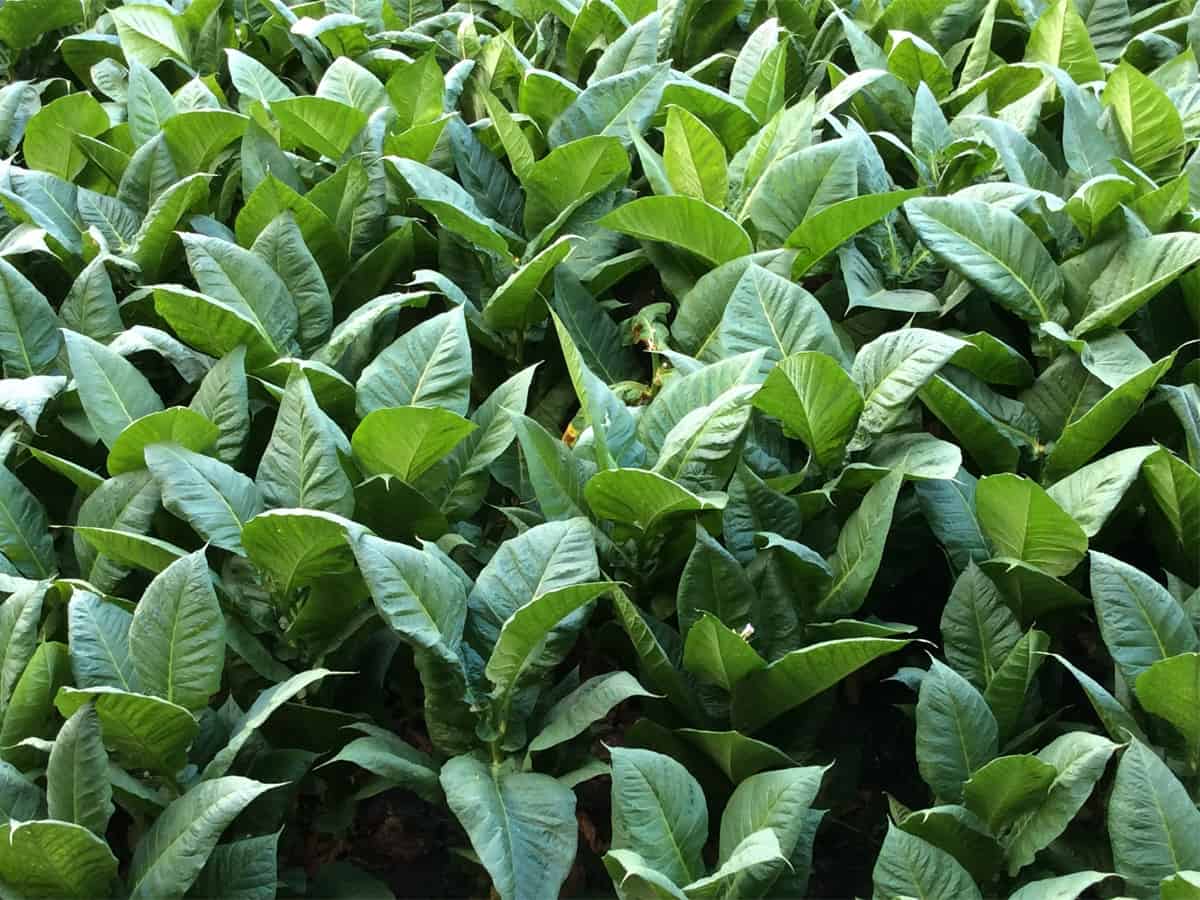
Lucknow: The CSIR-Central Institute of Medicinal and Aromatic Plants (CIMAP) has successfully lowered nicotine content in the Petit Havana Tobacco plant variety by using a genome editing tool and reduced 60-70 percent nicotine in it, compared to nicotine content in wild-type plants.
CSIR-CIMAP now plans to lower nicotine in commercial varieties to help people quit the habit by working on tobacco plant varieties used in cigarettes, cigars, and beedi.
As a result of four years of research, CIMAP director Dr. P K Trivedi, along with research scholars Dr. Deeksha Singh and Shambhavi Dwivedi, succeeded in lowering nicotine in the Petit Havana tobacco plant.
“When several studies highlighted that zero nicotine products were disliked by people who were aiming at de-addiction, we thought why not lower it to the extent that it becomes less harmful and can be given up gradually,” said Trivedi.
He explained that there is a biosynthetic pathway for nicotine present in the root of the plant, by which nicotine is synthesised in the root tissue and transported to the leaves.
Among the several pathways, only one facilitates nicotine biosynthesis and if it is blocked, there will be zero nicotine in the leaves of the plant.
On the other hand, if instead of blocking, the pathway is regulated, nicotine will be there but its production will slow down, he added.
Trivedi said, “We have used CRISPR-Cas9 for genome editing which is a unique technology that helps scientists edit parts of the genome by adding or altering sections of the DNA sequence. It is much faster, cheaper, and more accurate than previous techniques of editing DNA.
CIMAP has also identified a transcription factor in tobacco plants which is a protein that helps turn specific genes ‘on’ or ‘off’ by binding to their regulatory regions.
The Institute has altered or knocked out the ‘transcription factor’ which has helped in lowering Nicotine content in the plant.
